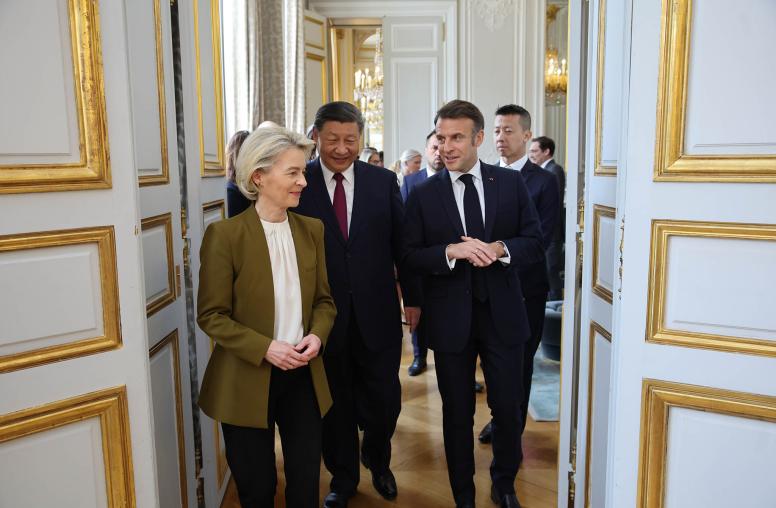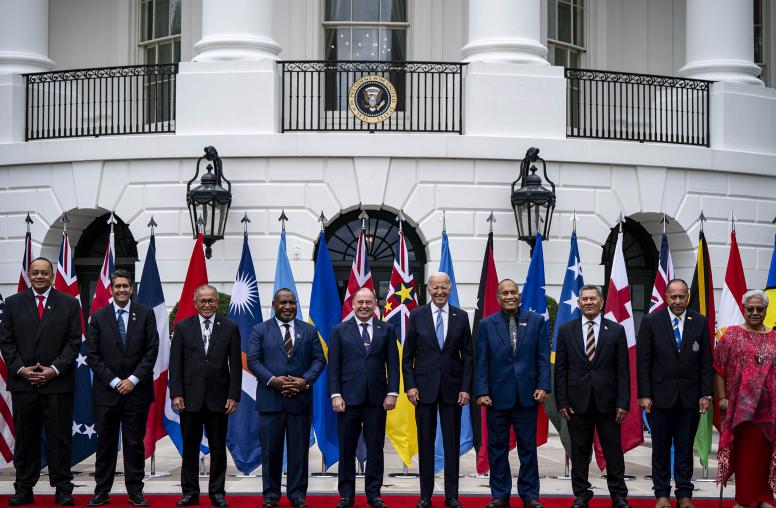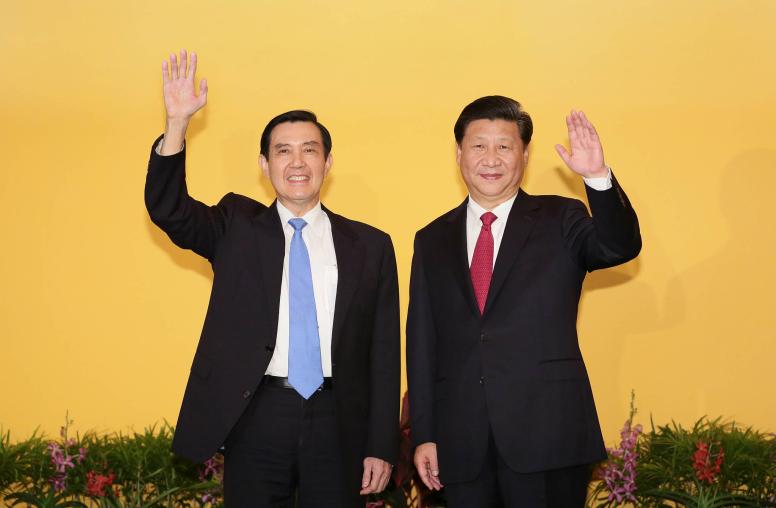Rising Tensions between China and the Philippines in the South China Sea
Tangible U.S. support to the Philippines will be required to check Chinese escalation.
For the past several months, China has been steadily increasing its pressure on the Philippines in the disputed waters of the South China Sea. In particular, China has actively interfered with the small Philippine garrison posted to Second Thomas Shoal. A vigorous U.S. response is required to deter further Chinese escalation.

The Philippine marines, living aboard a rusting World War II-era landing ship, are reliant on regular resupply of food and water from the main Philippine islands. Chinese Coast Guard (CCG) vessels and fishing boats have repeatedly tried to prevent Philippine ships from bringing supplies, in effect attempting to lay siege to the tiny outpost. In the most recent incidents, the Chinese have disabled one Philippine resupply vessel with water cannons and engaged in dangerous maneuvers that led to a collision between a Chinese and a Philippine vessel.
These Chinese efforts reflect a sophisticated exploitation of “gray zone” and “hybrid warfare” techniques. By relying on CCG and ostensibly civilian craft (although the “fishing boats” are almost certainly part of China’s substantial maritime militia force), Beijing tries to blur the nature of its intervention and avoid the image of using armed force.
Chinese Concerns About a Possible U.S. Intervention
Notably, China has refrained from employing either People’s Liberation Army Navy (PLAN) vessels or lethal force. This is likely due to concerns about potential escalation, and especially about possible U.S. intervention. As a recent State Department statement explicitly noted: “The United States … reaffirm that Article IV of the 1951 U.S.-Philippines Mutual Defense Treaty extends to armed attacks on Philippine armed forces, public vessels, or aircraft – including those of its Coast Guard – anywhere in the South China Sea.”
This behavior somewhat parallels Chinese actions on the disputed border with India. While Chinese and Indian forces have repeatedly clashed in the Himalayas, both sides have chosen not to use firearms in order to avoid escalation. (This has not avoided loss of life, however, with dozens killed using iron bars and rocks.) It seems that Beijing is worried about the potential for escalation.
Options for a U.S. Response
For the United States, this Chinese concern should be a central part of U.S. responses, which need to be vigorous and explicit. The December 10 State Department expression of support for the Philippines, underscoring that an armed attack against Philippine forces anywhere would trigger the U.S.-Philippine Mutual Defense Treaty is a good start.
But Washington needs to go further, since the messages have not led to Chinese de-escalation. The first option is to undertake sharper responses in the Red Sea to Houthi attacks on shipping. This is not to suggest that China is somehow behind those attacks. But Beijing is clearly watching U.S. actions globally, and a U.S. failure to respond to attacks on U.S. ships is likely to mislead Beijing into seeing U.S. weakness and ambivalence, rather than commitment. After all, if the United States will appease a weak power such as Yemen (or a non-national group such as the Houthis), will it stand up to a nation with the world’s largest navy and second-largest economy?
A second option would be to provide tangible support for the Philippine position. Since the 2016 Permanent Court of Arbitration ruled, in a legally binding decision, that China had no lawful claims to the waters around Second Thomas Shoal, the United States could dispatch one or more U.S. Coast Guard cutters to work alongside Philippine vessels engaged in maritime activities within Philippine waters. This need not be a close escort, but it would compel Beijing to carefully consider whether it wanted to risk interacting with an U.S. government vessel. Relying on U.S. Coast Guard vessels rather than U.S. Navy combatants would signal U.S. resolve without necessarily drawing in U.S. military forces. It would also demonstrate to Beijing that two can play the “legal warfare” game.
A final option, especially if China were to intensify its interference operations, would be to parallel the U.S. support for Japan in its territorial dispute with China. The U.S. position on the Senkaku Islands has been that, while the United States takes no position on the ultimate sovereignty and disposition of the islands, the U.S.-Japan mutual defense treaty’s commitments apply to all areas under the “administrative control” of Tokyo. The United States could take a parallel position on Second Thomas Shoal, making clear that, while the United States does not take a position on sovereignty claims within the South China Sea (which includes not only Chinese and Philippine but Vietnamese, Malaysian, Taiwanese and Bruneian claims), it does oppose any unilateral alteration of the status quo. Therefore, the U.S.-Philippine Mutual Defense Treaty not only applies to any “armed attacks” against Philippine government vessels, but also to any efforts to compel a change in areas under the “administrative control” of the Philippines, as of, say, August 1, 2023. This would signal to Beijing that efforts to force Manila to cede Second Thomas Shoal will be unacceptable to the United States, and would discourage any belief in Manila that they have a “blank check” of U.S. support.



